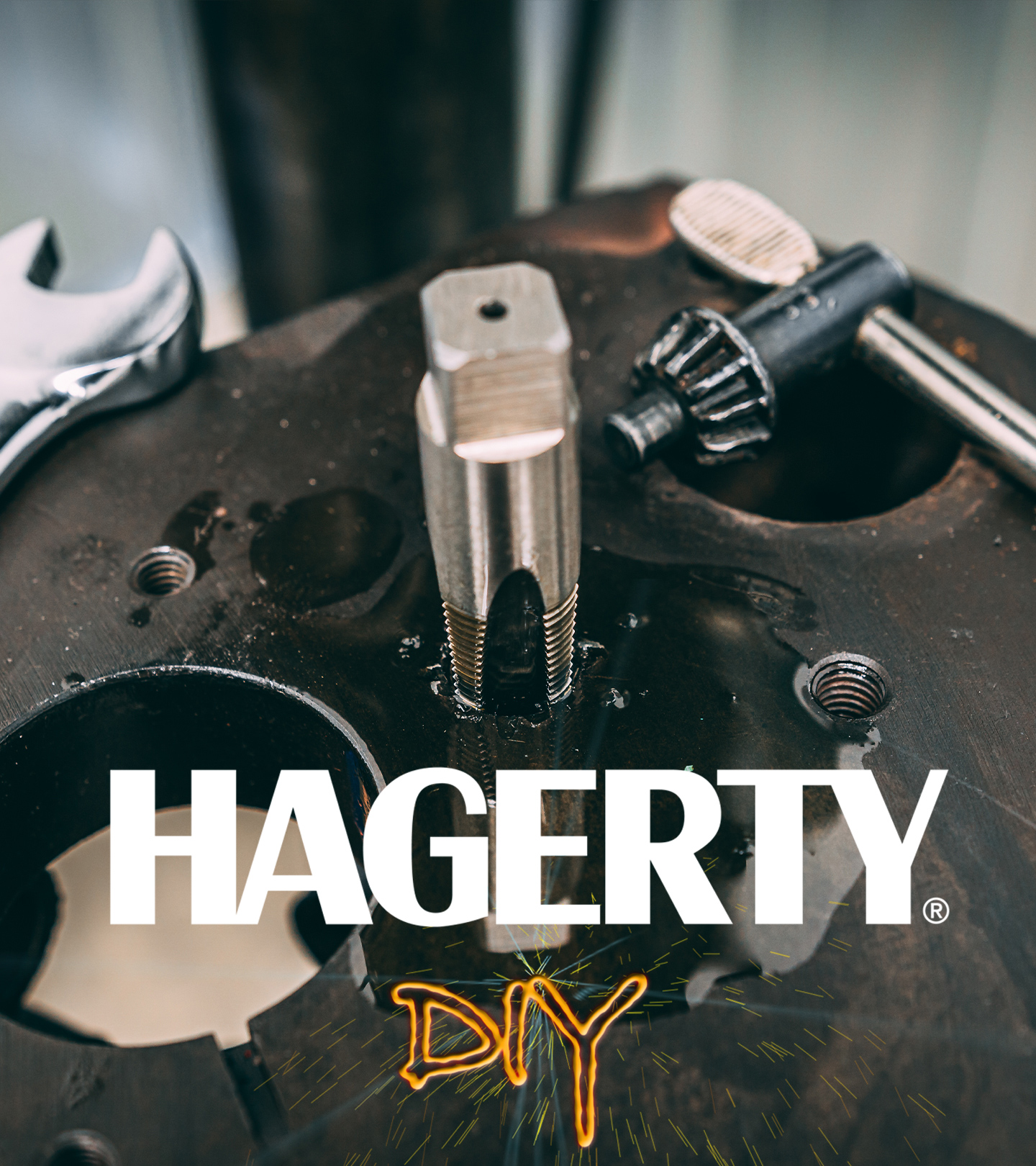Enjoy 1937 Ford Race Car stories, opinion, and features from across the car world - Hagerty Media
There’s a stage in every project car when a bunch of tasks pile up, and even when they’re completed they don’t provide any obvious progress. It’s one of the hardest phases for any at-home garage mechanic. Luckily, Davin is an expert when it comes to staying motivated and keeping things rolling. The 1937 Ford race car is in that phase right now, but there’s nothing to fear.
The most difficult part of this phase is there’s a lot of work that’s relatively invisible. A couple of examples on the Ford are the roof panel getting straightened out and patched in a couple of places, along with the trunk lid. All this sheetmetal work is a little easier since the race car is going to continue living on the track—not a showroom floor. Davin is rarely a “good enough is good enough” type of guy, but for the ’37 he’s leaning that way about aesthetics. Function over form here.
The trunk lid was hollowed out to save weight and thus is extremely flimsy. There was a brace pop-riveted in place along the back edge, but the look of those rivets was a bit too wrong for Davin. To hide the reinforcement, he instead drilled out the rivets and welded it all together. To keep the weld from falling out the backside of the open hole, he used a small chunk of copper. The weld won’t stick to copper, so it makes for the perfect support in situations like this.
The car may look the same after a week of work, but we promise there are big things on the horizon. Hang in while some of the grubby work gets done, and be sure to subscribe to the Hagerty YouTube channel to never miss an update.
Thanks to our sponsor RockAuto.com, an auto parts retailer founded in 1999 by automotive engineers with two goals: Liberate information hidden behind the auto parts store counter (by listing all available parts, not just what one store stocks or one counter-person knows), and make auto parts affordable so vehicles of all ages can be kept reliable and fun to drive. Visit www.RockAuto.com to order auto parts online 24 hours a day, 7 days a week, and have those parts conveniently delivered to your door. Need help finding parts or placing an order? Visit our Help pages for further assistance!










